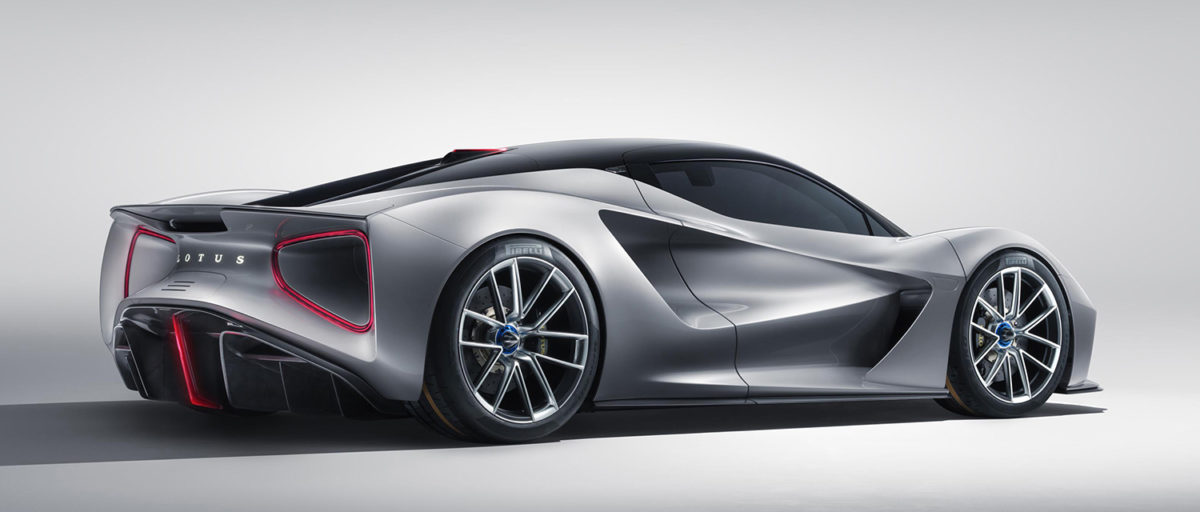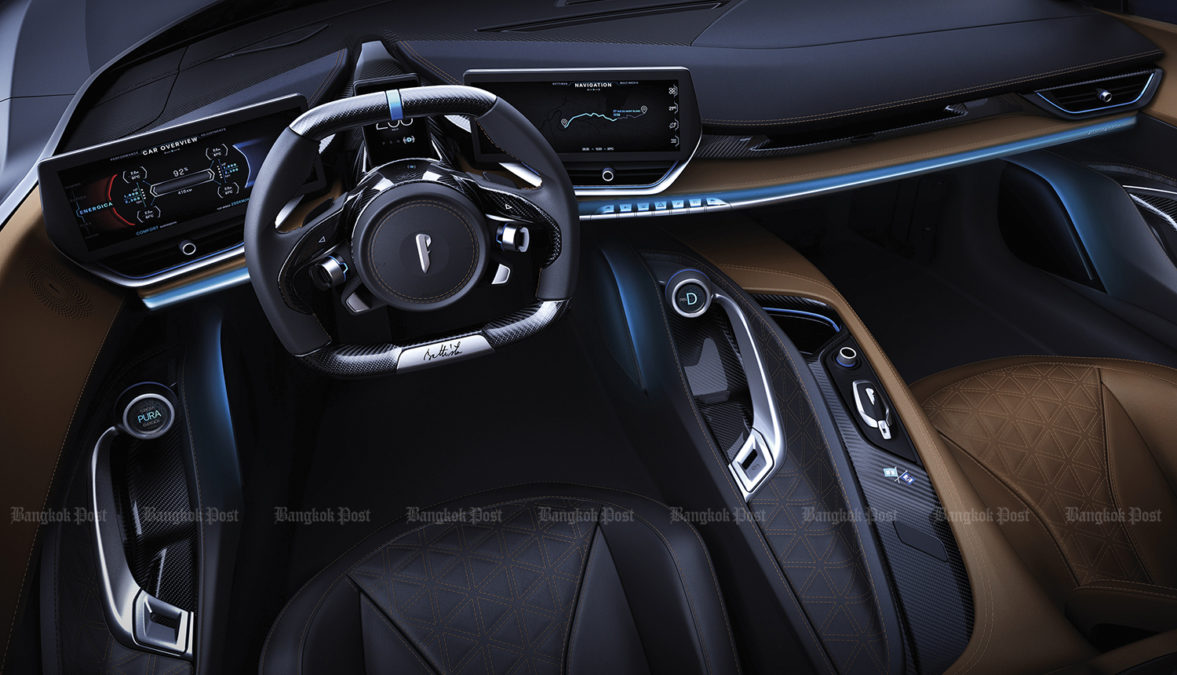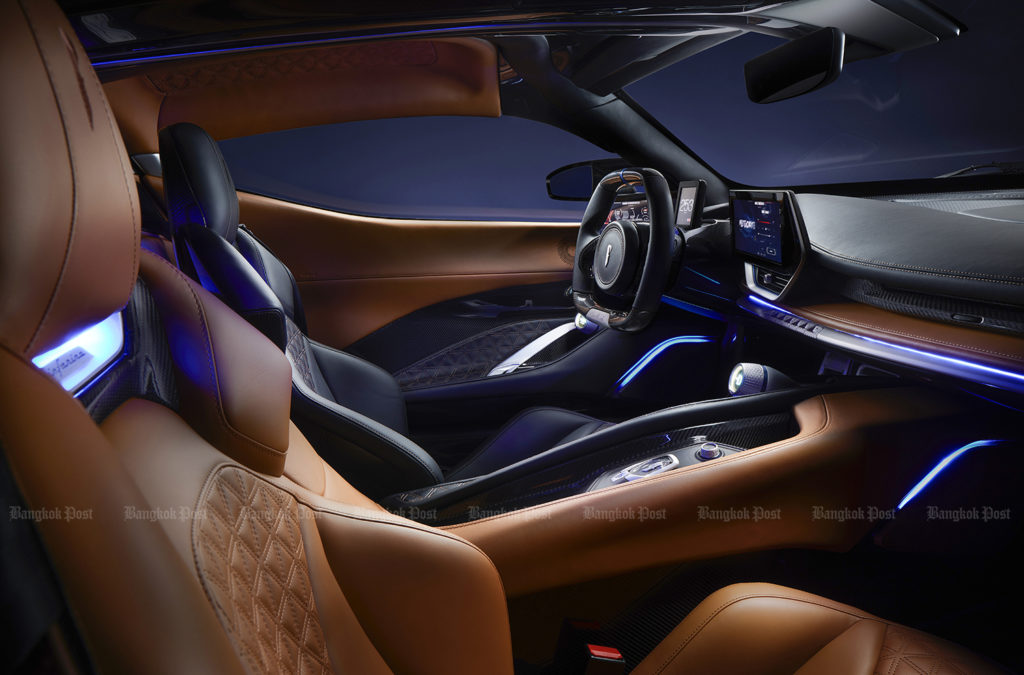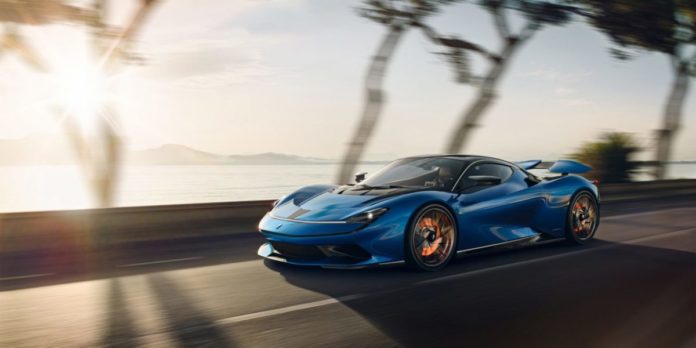Around the world, the Tesla Effect has led to a global renaissance of automotive technology. What was once a pipe dream, and the purview of science fiction authors, is today, finally a reality. All-electric hypercars are here, and they just might change everything we thought we knew about cars.
The Pininfarina Battista and Lotus Evija are two radical examples of the electric vehicle trend as it matures, and continues to expand around the world. Once an idea laughed out of automotive boardrooms, the performance capability of electric vehicles continues to be well established by companies around the world.
Founded in 2003, it would take until 2008 for Tesla, Inc. to be able to release its first vehicle, the original Roadster. In the decade that followed, Tesla has continued to build on past successes while proving the amazing power, and tremendous potential, at the core of modern electric vehicle design.
Though the movement is international at this point, it’s impossible to address the birth of the all-electric hypercar without pausing in reverence to admire the groundwork laid by Tesla, Inc. As we enter the next phase of automotive innovation, the unique competitive environment of the present day is leading to exotic cars that, even a few years ago, would have seemed impossible.

Lotus Evija: Sharp, Aggressive, Dangerous
Originally known as the Type30, the Lotus Evija, is an outrageous two-seater hypercar with a featherlight carbon fiber frame and enough brutality for it to be considered “the world’s most powerful car”. While that title may sound a bit premature, the numbers behind this impressive machine paint a rather convincing picture.

Lotus claims that the Evija’s four independent electric motors are able to generate as much as 2,000 HP and a 0-60 mph acceleration time under 3 seconds. As impressive as that sounds, the real surprise comes when considering the Lotus Evija can go from 0-186 mph in just 9 seconds.
Speaking at the unveiling in London, Lotus Cars CEO Phil Popham said: “The Lotus Evija is a car like no other. It will re-establish our brand in the hearts and minds of sports car fans and on the global automotive stage. It will also pave the way for further visionary models.”
He added: “This is another amazing moment in the history of our company. The Evija is a true Lotus in every sense – it has been developed with an unwavering passion to push boundaries, to explore new ways of thinking and to apply ground-breaking technologies.”

The company has also stated the Evija can go from 60 mph to 120 mph in just 3 seconds. To go from 120 mph to 186 mph only takes an additional 4 seconds.

As a result, the all-electric Lotus Evija hypercar is blisteringly fast and outrageously powerful. But it’s not alone.

Pininfarina Battista: Sleek, Sophisticated, Refined
Pininfarina has long history as one of Italy’s most renowned design houses specializing in high end exotic cars. Despite its storied tradition and close association with brands like Ferrari, Alfa Romeo, and Maserati, the Pininfarina Battista electric hypercar is the first car released under the design house’s own name.
Luca Borgogno, Design Director for Automobili Pininfarina, said: “La Battista is a beautiful and elegant hypercar, attentive to the environment and is the first electric that the public will fall in love with. Our ambition is to represent a new sustainable luxury brand, with fully electric cars with the unmistakable Pininfarina design. Thanks to this approach we can contribute to a sustainable future for the automotive sector and help realize the dream of the Pininfarina family, which began with Battista ‘Pinin’ Farina: seeing his name on a car.”

Similarly to the Lotus Evija, the Pininfarina Battista is an all-electric hypercar with two seats and an exterior body made of carbon fiber. It also features a fierce aerodynamic design which helps it to reach the upper levels of any conversation about the most powerful or fastest cars available today.

Also like the Evija, the Battista is powered by lithium-ion batteries driving four independent motors attached to each of its wheels with a single speed automatic transmission. To promote better handling and balance, these batteries are mounted in the middle of these all-electric hypercars.

The Pininfarina Battista has a fully charged electric range of about 280 miles. Very similar to the Evija which is capable of about 250 miles. Pininfarina claims the Battista can manage a tremendous 1,900 HP and nimble 0-60 mph acceleration time of around 2 seconds.
Evija and Battista: Destined to be Rare
Currently, the chances of owning, or even spotting a Lotus Evija, or Pininfarina Battista electric hypercar in the wild are extremely limited. Each of these cars are very likely destined to become collectors pieces. Currently, only 130 Lotus Evijas and 150 Pininfarina Battistas are expected to be produced.
While neither the Evija or Battista is likely to become a mass-market vehicle anytime soon, it does seem very likely that the world will very soon welcome many, many more all-electric hypercars into the mix.
Source: Pininfarina, Lotus
